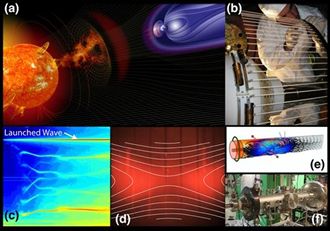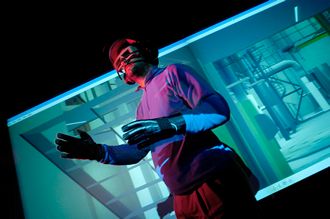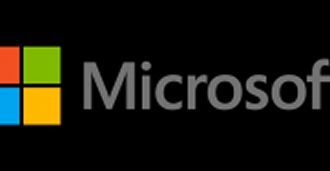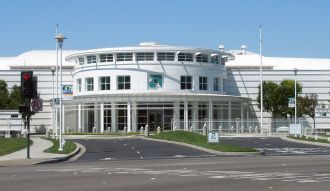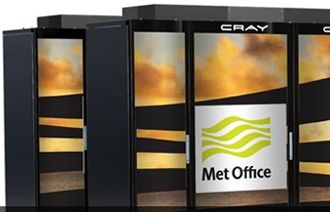 A report said that sales of notebooks using Microsoft Windows 10 are likely to be hit because Intel will be tardy releasing an appropriate chip.
A report said that sales of notebooks using Microsoft Windows 10 are likely to be hit because Intel will be tardy releasing an appropriate chip.
Digitimes Research said that the Intel Skylake microprocessor is supposed to be ready at the beginning of the third quarter in 2015 but will probably not hit the streets until the end of next year or even 2016.
The news will plunge Microsoft into the depths of despondency. It is already taking a hit because uptake of the notoriously shabby Windows 8.x isn’t going to plan.
Windows 10 is supposed to be the summum bonum – that is to say it will work properly because there won’t be a Windows 9.
Digitimes Research estimates that Intel’s delays won’t make the acceptance of Windows 10 any easier and it appears the alliance between Microsoft and Intel is crumbling.
Intel could not be contacted for comment at press time.
The report is here.







